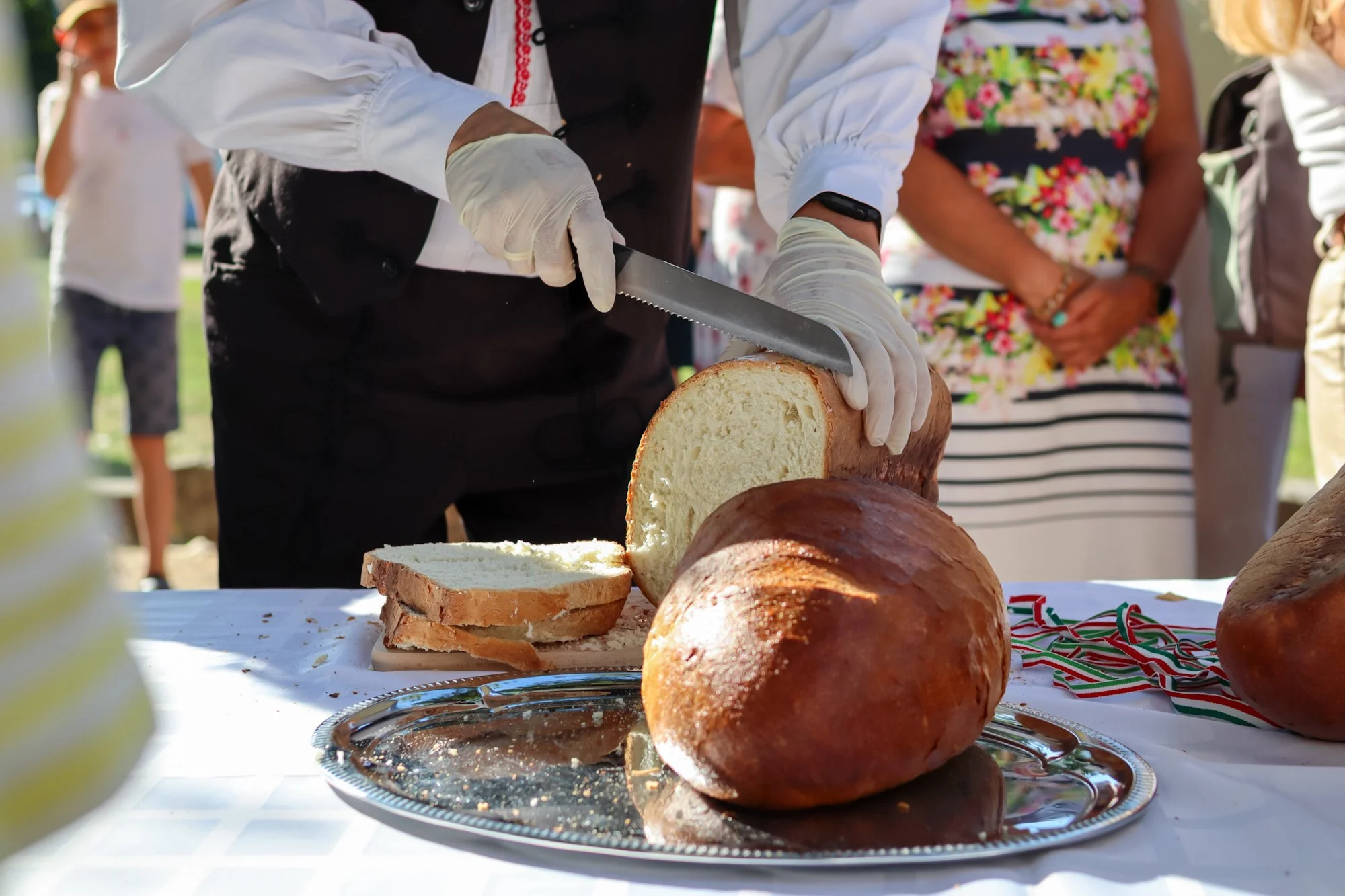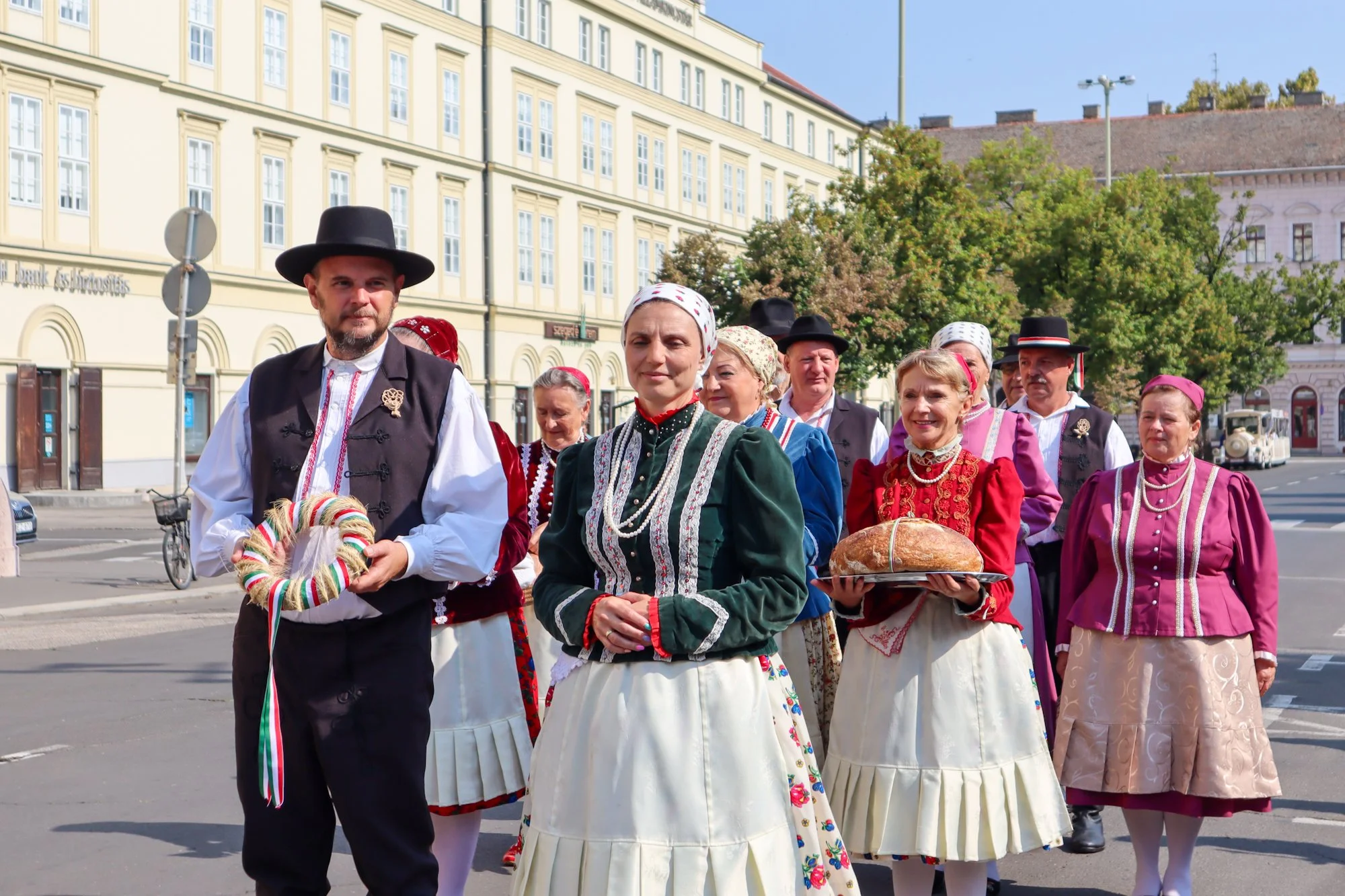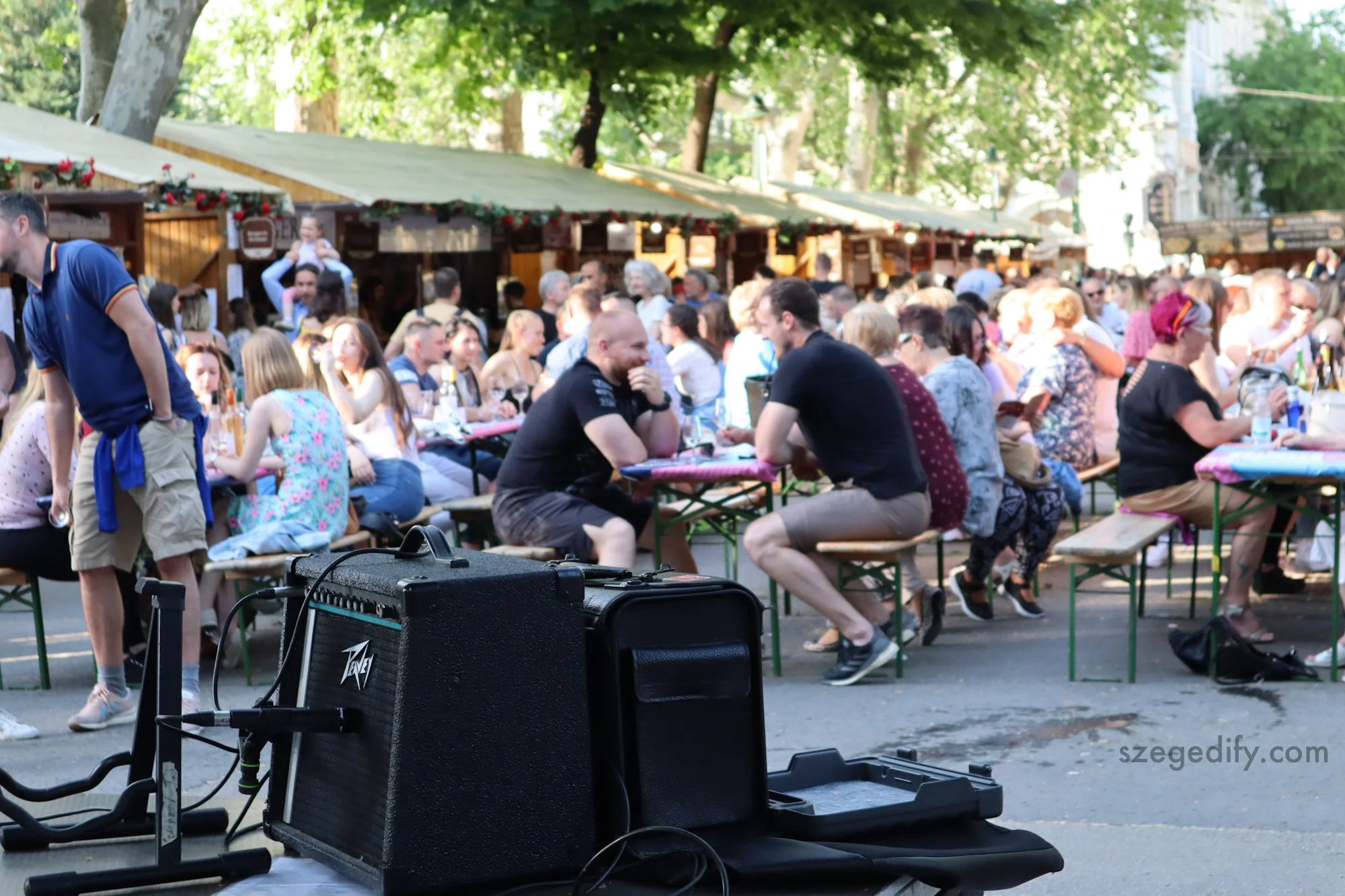The Festival of the New Bread: Hungary’s August 20 tradition
“Új kenyér ünnepe” – the Festival of the New Bread – is celebrated in Hungary each year on August 20, which is also the country's state foundation day. This meaningful tradition blends religious, cultural, and agrarian heritage to honor both the nation’s origins and the harvest.
Historical and cultural roots
Historically, August was called the “month of abundance” or “the new bread month,” as it marked the end of the harvest. The freshly baked bread from newly harvested wheat was traditionally made and blessed on this day.
Catholics originally blessed new bread on July 15, but from the 1920s onward, the tradition shifted to August 20 – and the bread began being adorned with the national red-white-green ribbon.
August 20: a day of double celebration
State foundation and Saint Stephen’s Day
August 20 commemorates Saint Stephen I, Hungary’s first king, who laid the foundation of the Christian state around the year 1000. He was canonized on this date in 1083, and since then the day has held deep significance.
Over centuries, the day evolved – from a religious feast to a patriotic celebration. In the Habsburg era, it became a national holiday, and in communist times, its religious meaning was downplayed, with the day being reframed as constitution day or the day of the new bread.
After the communist era ended, Hungary reinstated the holiday in its full significance in 1991, highlighting both the Christian roots and importance of the harvest.
The new bread: symbol of life and nation
The bread represents life, prosperity, and national unity. Its baking and blessing on August 20 symbolize gratitude for the harvest and reflect the connection between the land’s bounty and the nation’s wellbeing.
In socialist times, emphasis on bread helped replace religious focus with agrarian symbolism, but the meaningful tradition endured.
Today, the new bread remains central to celebrations: it is blessed in churches, featured in festivals, and displayed adorned with the national ribbon, tying together the themes of heritage and identity.
Celebrations today: tradition meets festivity
Church blessings: In towns and villages, freshly baked loaves are blessed in religious services, reinforcing both spiritual and communal ties.
Public festivities: August 20 also includes parades, folk dances, music, and food festivals across Hungary. Bread blessing is often part of a broader cultural celebration.
Iconic rituals in Budapest: In the capital, the day features the Holy Right Hand (Szent Jobb) procession in St. Stephen’s Basilica and ends with a spectacular fireworks show over the Danube.
In Szeged: Locals and visitors can join the city’s official August 20 program at Széchenyi Square, where the blessing of the new bread will be held as part of the celebrations.
Why it matters: a tale of bread and belonging
August 20’s dual significance is deeply symbolic:
Saint Stephen laid the foundation of the Hungarian state.
New bread represents survival, continuity, and the fruits of labor.
Together, they root the nation’s identity in history, faith, sustenance, and community. No wonder August 20 is among Hungary’s most cherished and layered national holidays.






